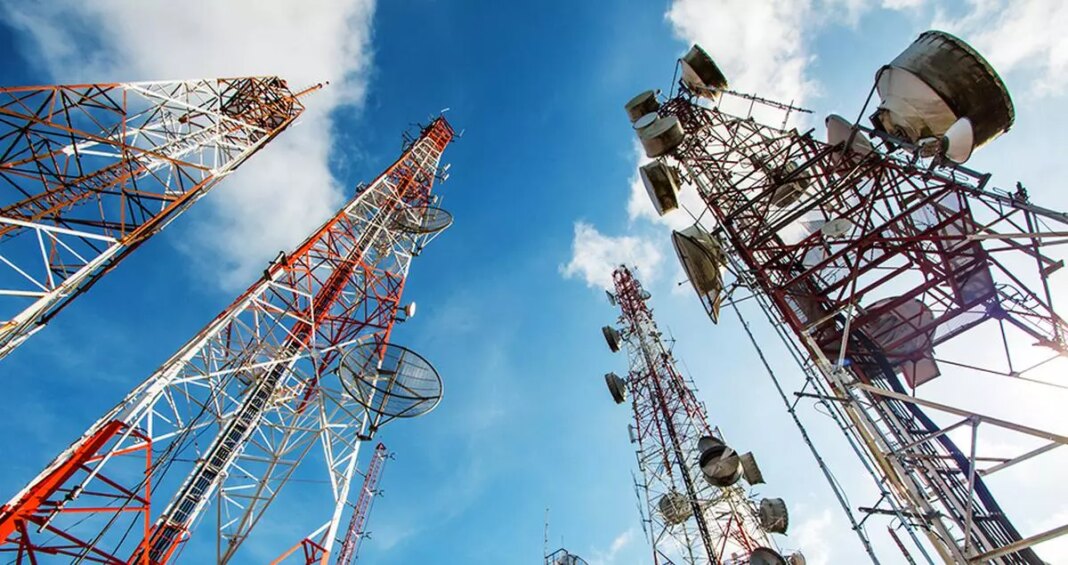New Telecom Bill proposes assigning spectrum for satellite broadband services
The telecommunications industry is set to undergo a significant transformation with the proposed new Telecom Bill that aims to assign spectrum specifically for satellite broadband services. This move comes as a response to the increasing demand for high-speed internet access in remote and rural areas where traditional terrestrial networks are unable to provide adequate coverage.
The Need for Satellite Broadband Services
Many parts of the world, especially in developing countries, still lack access to reliable internet services due to the limitations of existing infrastructure. Satellite broadband services offer a viable solution to bridge this digital divide by providing connectivity to remote and underserved areas.
By assigning dedicated spectrum for satellite broadband services, the new Telecom Bill aims to boost innovation in the telecommunications sector and expand the reach of high-speed internet access to unserved and underserved communities. This move is expected to create new opportunities for telecom companies to deploy advanced satellite technologies and deliver seamless broadband connectivity to a wider audience.
The Impact on Consumers
Consumers in rural and remote areas stand to benefit the most from the assignment of spectrum for satellite broadband services. With improved access to high-speed internet, individuals and businesses in these regions will be able to take advantage of online education, telemedicine, e-commerce, and other digital services that were previously inaccessible.
Furthermore, satellite broadband services can enhance connectivity during natural disasters and emergencies when terrestrial networks may be disrupted. By utilizing satellite technology, emergency responders, government agencies, and relief organizations can quickly establish communication networks to coordinate rescue and recovery efforts.
The Potential for Economic Growth
The deployment of satellite broadband services has the potential to stimulate economic growth in rural and remote areas by enabling businesses to reach a broader customer base and participate in the digital economy. Improved connectivity can also attract investment in sectors such as agriculture, healthcare, and tourism, creating new job opportunities and driving local development.
By leveraging satellite broadband services, governments can facilitate the deployment of smart infrastructure, support digital entrepreneurship, and promote sustainable development in underserved regions. This can ultimately lead to a more inclusive and connected society where all individuals have access to the benefits of the digital age.
Conclusion
The proposal to assign spectrum for satellite broadband services in the new Telecom Bill represents a significant step towards bridging the digital divide and expanding access to high-speed internet services. By leveraging satellite technology, telecom companies can deliver reliable connectivity to rural and remote areas, unlocking new opportunities for economic growth, innovation, and social development.
Frequently Asked Questions
1. What is satellite broadband?
Satellite broadband is a type of internet service that utilizes satellite technology to provide high-speed connectivity to users in remote and underserved areas.
2. How does satellite broadband differ from traditional broadband?
Unlike traditional broadband services that rely on terrestrial networks, satellite broadband services transmit data through satellites in orbit, making it accessible in locations where infrastructure is limited.
3. Will the assignment of spectrum for satellite broadband services impact existing telecom providers?
The assignment of spectrum for satellite broadband services is designed to complement existing telecom networks and expand connectivity to areas currently underserved by traditional providers.




